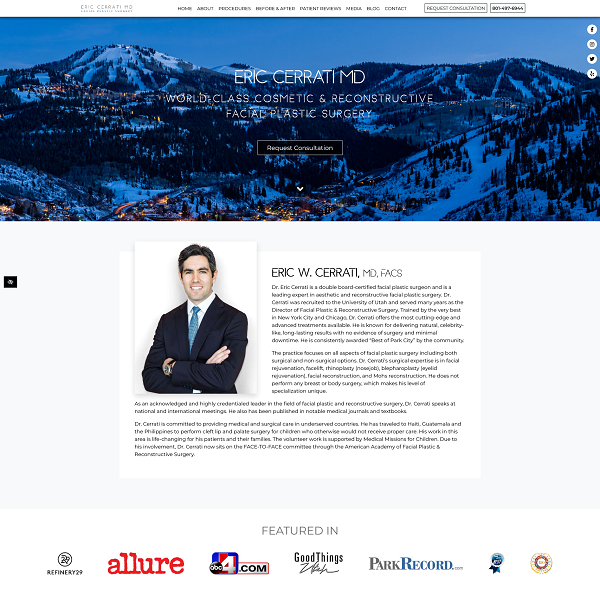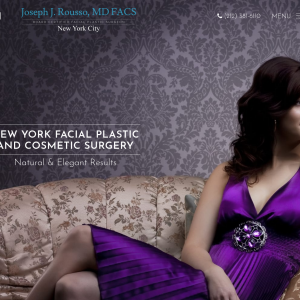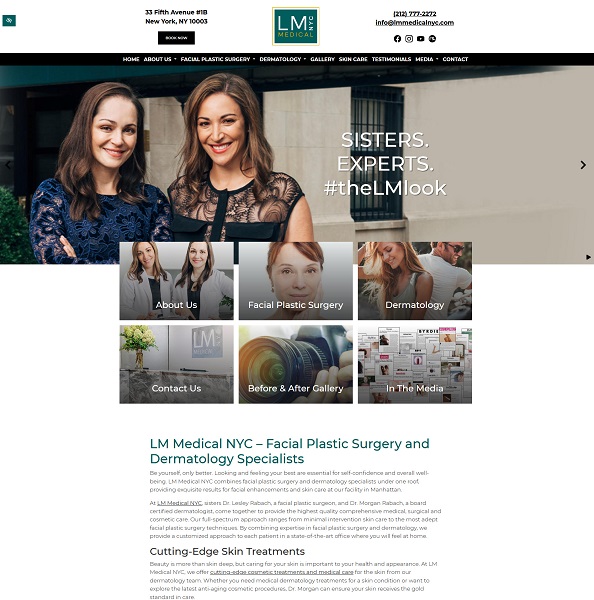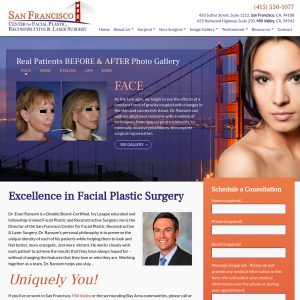
This content has been reviewed for accuracy by Dr. Joseph J. Rousso, New York Facial Plastic and Cosmetic Surgery specialist.
Pediatric Facial Plastic Surgery
Children with facial deformities from birth defects or trauma can face a myriad of difficulties. Not only do they look different, but they also may experience functional problems linked to their deformities. Pediatric facial plastic surgery offers a solution to give children with facial feature defects the chance to overcome these significant outcomes. They are able to have a better life with more self-confidence.
Parents want the best for their children, but life can throw obstacles in the way. Children who are born with facial deformities or sustain a facial injury can be ostracized by their peers and cruelly teased. If pediatric facial plastic surgery can help a child look and feel “normal” or help improve their health, it is something worth considering for the parents. Often, these surgeries can be performed at an early age before a child enters school and social situations.
Infant Ear Deformities
The most common types of congenital birth defects are with the ear. While most do not affect the ability to hear, the ear can be deformed or prominent. Ears are mostly cartilage and can be reshaped or resized. Even children born with under-formed ears or hidden ears can undergo ear surgery to create a new ear. However, ear surgery is one of the more complex pediatric facial plastic surgeries. It should be performed by a plastic surgeon that has extensive experience in this specialty field.
Some infant ear deformities can be resolved without surgery. Ear molding in the first few weeks of an infant’s life can be performed to reshape the ear to avoid surgery. For ear deformities that do require surgery, it is usually recommended that the surgery is performed once the ear is fully developed. This is usually after the child is five years of age or older. Pediatric plastic ear surgery can help restore a balanced and shapely ear for children suffering with prominent ears, cryptotia, Stahl’s ear deformity or other ear malformations.
Cleft Lip or Palate Deformities
Children born with cleft lip or palate can face difficulties ranging from infant feeding to speech impediments, as well as aesthetic issues. There are many varieties and over 300 syndromes that are known to be linked to these oral deformities. Pediatric surgical intervention can be used to improve the functional and aesthetic factors affected by cleft lips and palates to give children with these deformities a better quality of life. It is best to choose a facial plastic surgeon who specializes in this complex field for the best results.
Facial Moles and Vascular Birthmark Removal
While most facial moles and vascular birthmarks are not dangerous, they can impact a child’s emotional well-being. Some birthmarks can fade on their own during the first few years of a child’s life, but others may not. Removing a prominent facial mole or birthmark through laser treatments or surgery in childhood is often a better choice than waiting until adulthood. The skin can heal more effectively in children and give them more self-confidence in their appearance through their formative years.
Pediatric Scar Revision
Burns or lacerations that leave extensive scars on a child’s face can have a lasting impact on their self-confidence and emotional development. Scar tissue can impact facial muscle movement and become more difficult to alter if it is not addressed shortly after the injury heals. Pediatric scar revision can help improve the appearance and function of the face, reducing deformities that can lead to teasing and bullying from peers.
Pediatric facial plastic surgery can be complicated and requires extensive training to perform at the highest level. Parents should seek the advice of a facial plastic surgeon with a background in pediatric facial reconstruction or plastic surgery to learn about the best options available for their child’s facial deformity.








